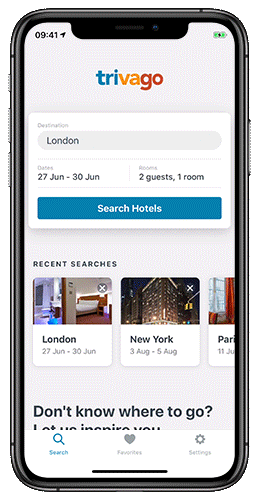

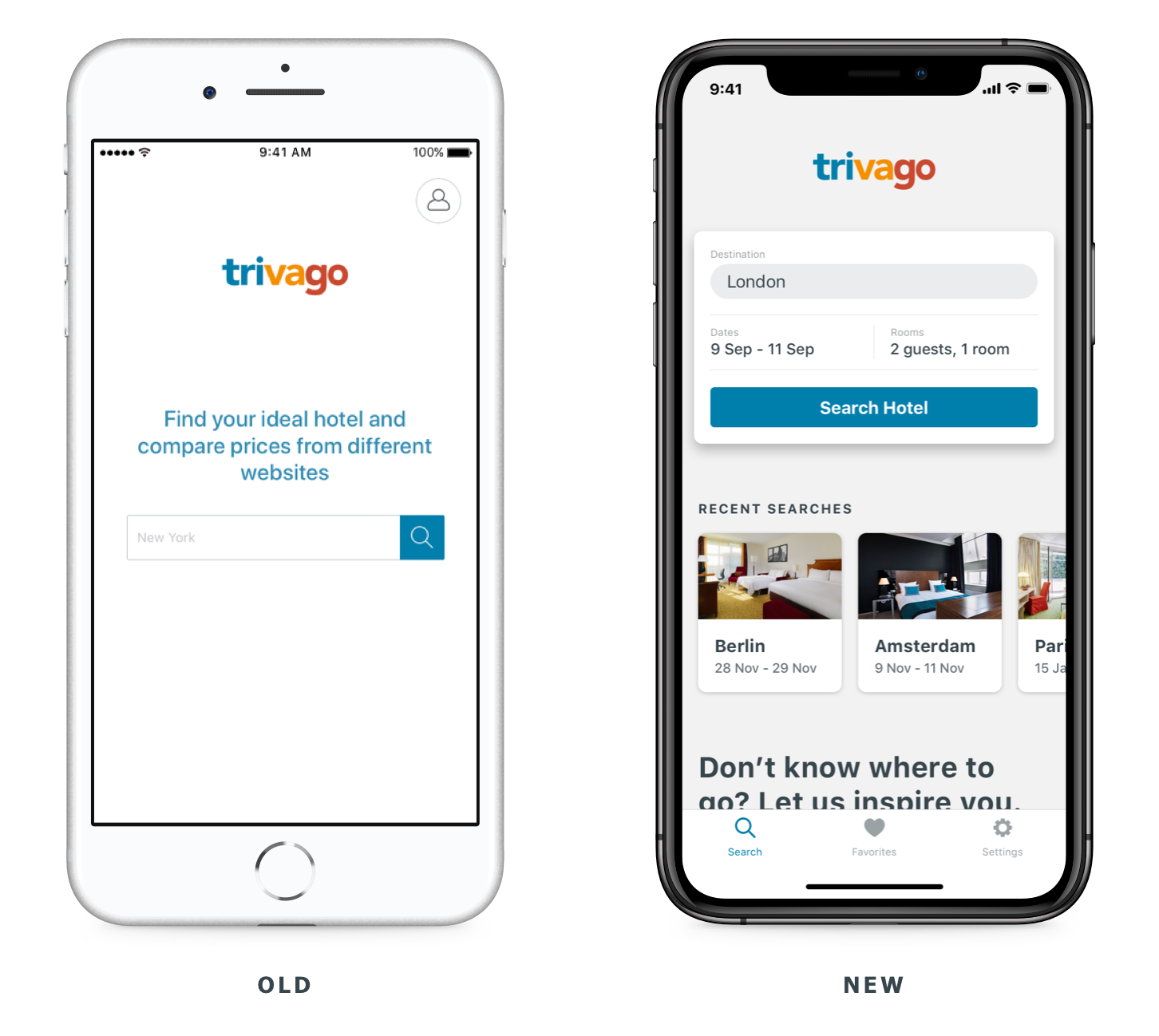
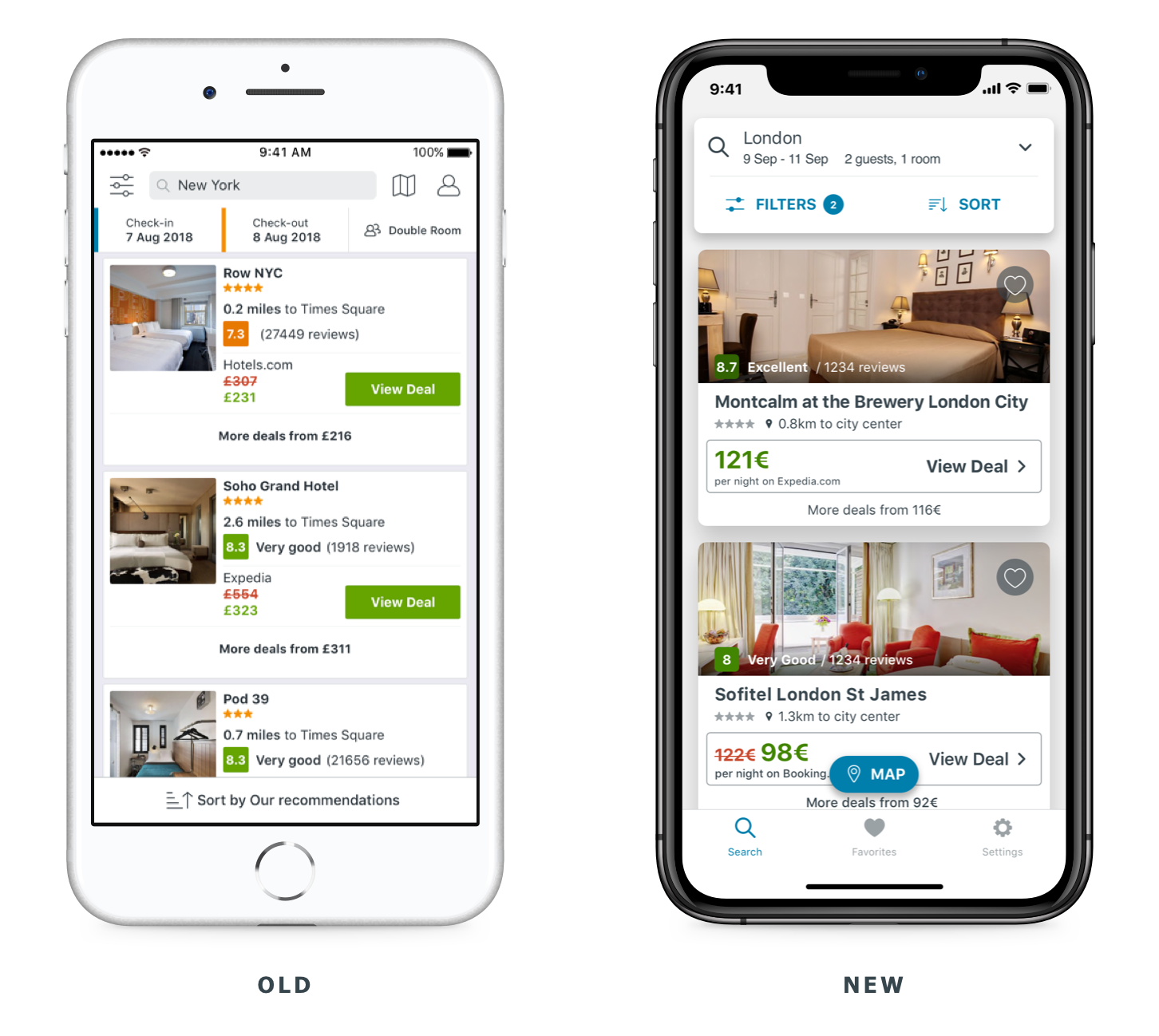
The code base was too old to continue with development, so we took this as an opportunity to also reimagine what the mobile experience would be like. The only problem is that we were given a tight timeline of one month to pull everything off.
...give users more confidence to explore their hotel options?
...enable users to compare their hotel options more easily?
...give more clarity on hotel pricing and information?
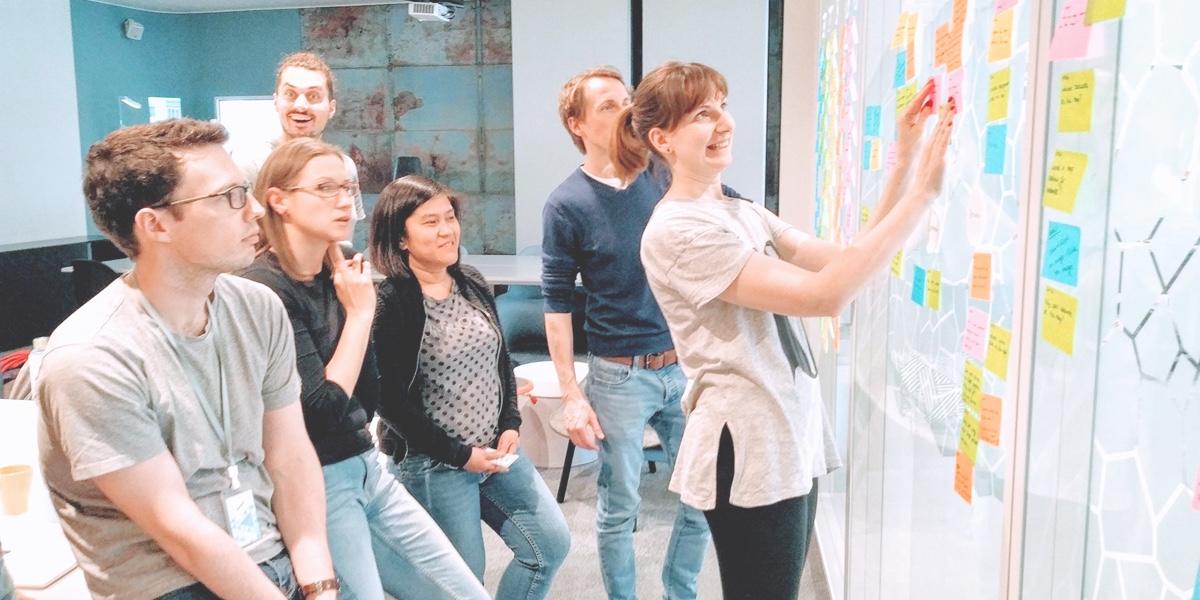
I facilitated multiple design sprints whenever there was a big topic in the pipeline. By collaborating with product, design and engineers we created alignment and worked closely together to thoroughly explore the problems. The engineers in the team were especially appreciated for being involved in the process; a design direction was then picked up by me or another designer to iterate and later test.
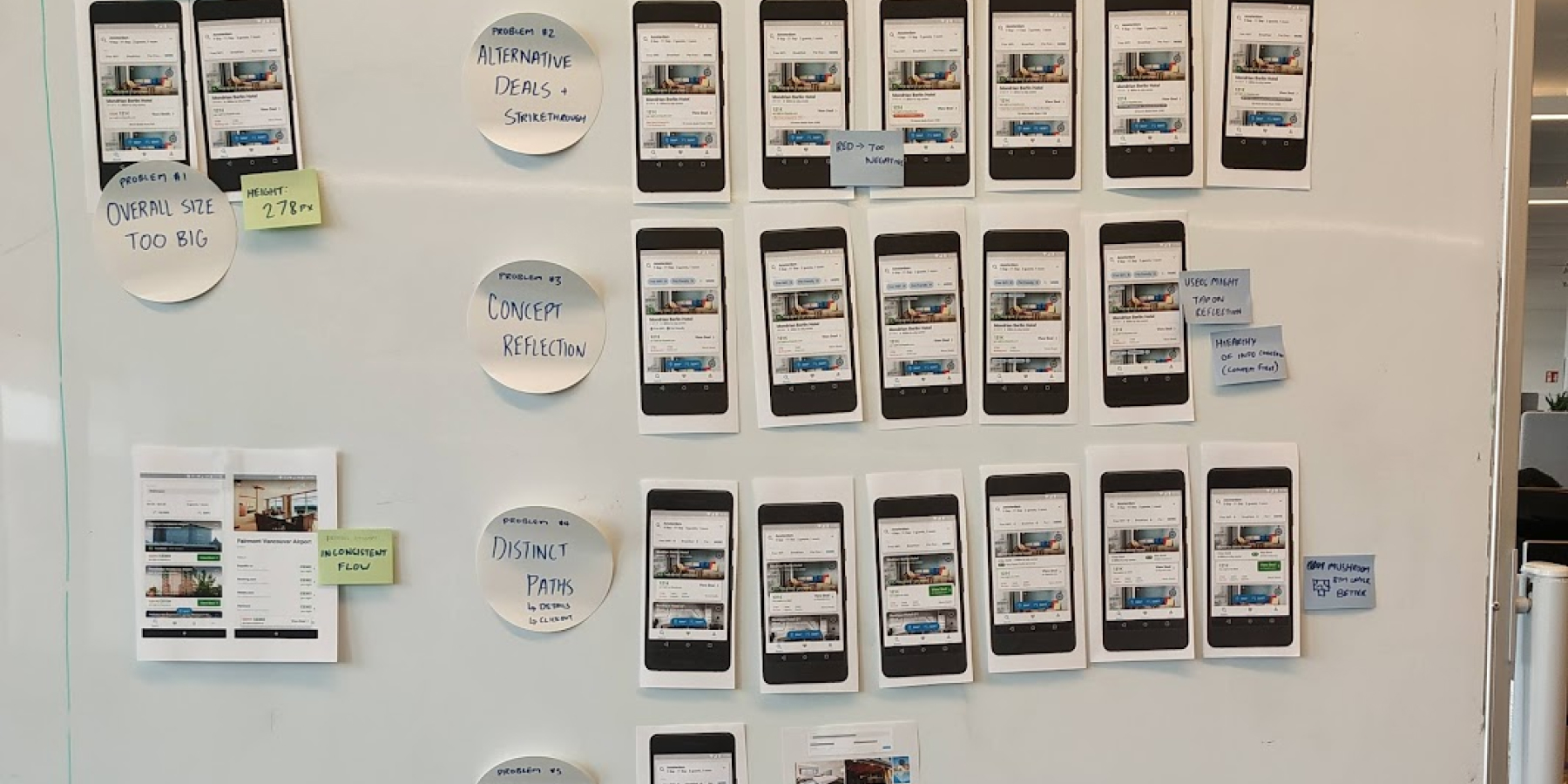
Back when posting designs on a whiteboard in the office were a thing, I would post a lot of different iterations of the results page to gather feedback from not just the team but any passersbys in the office. It helps to not only be transparent with my process and possibilities, but it also helped me coordinate on making a plan to A/B test the different variants.
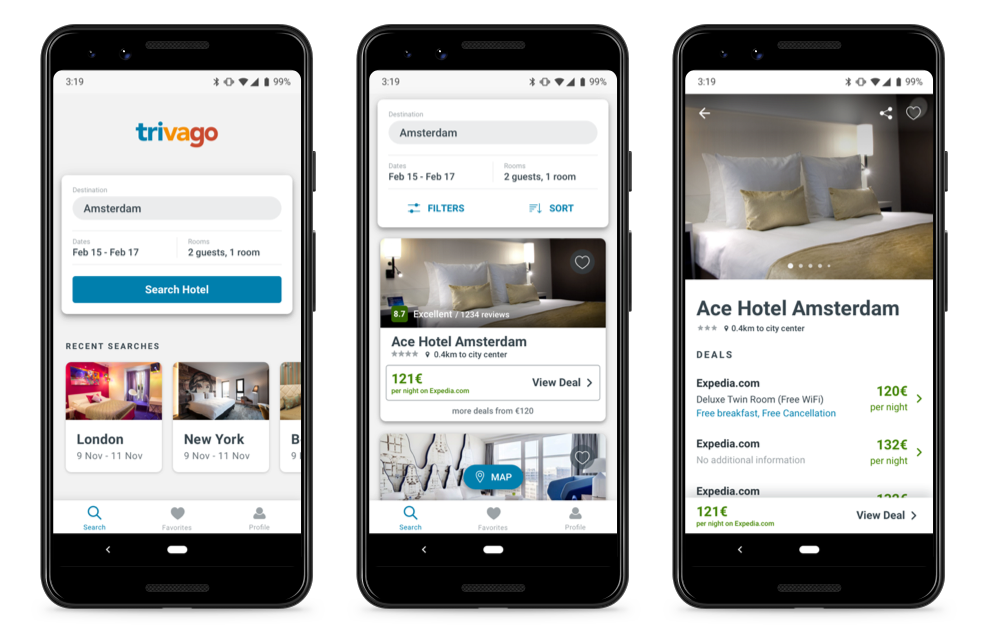
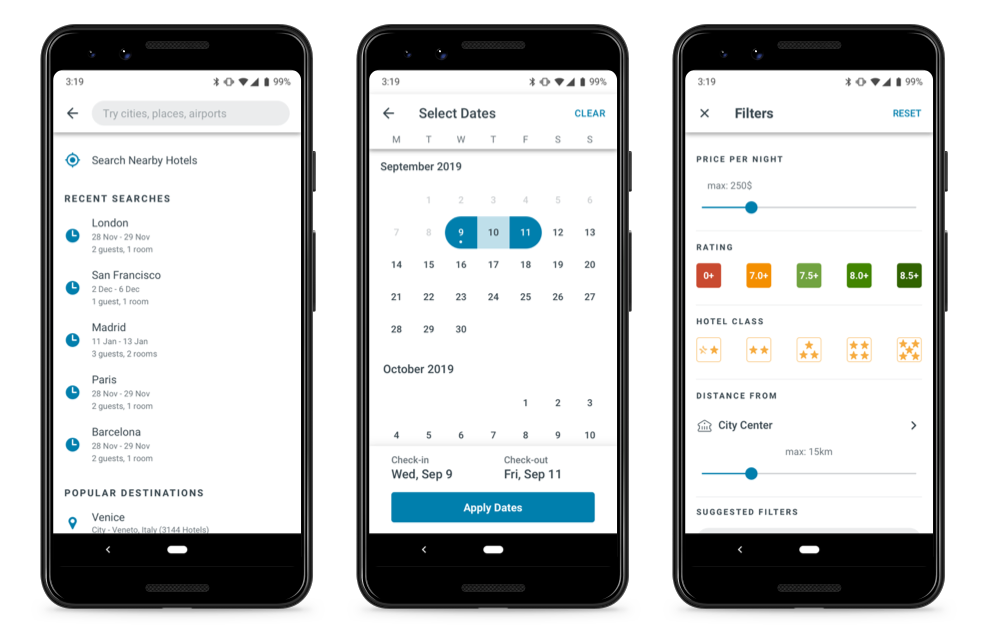
Another topic that gets me excited. What I wanted to explore more for the redesign was to not just provide helpful microinteractions that help users understand their actions but also these moments of delight that enrich the experience. By being more playful with simple actions, we can not only connect with users more but also emotionally engage with them as well.
Our goal for the redesign wasn't only just improve usability for our users but also create meaningful touchpoints to understand our product and what they can do. Take the "dealform" for example, depending on where and how you scroll, it reacts to show how it works and assists if you need to change your dates or destination.
Check out this video on our team talking about the whole journey here!
(I was unfortunately on vacation when they taped it, so couldn't make the cut...)